In Brief
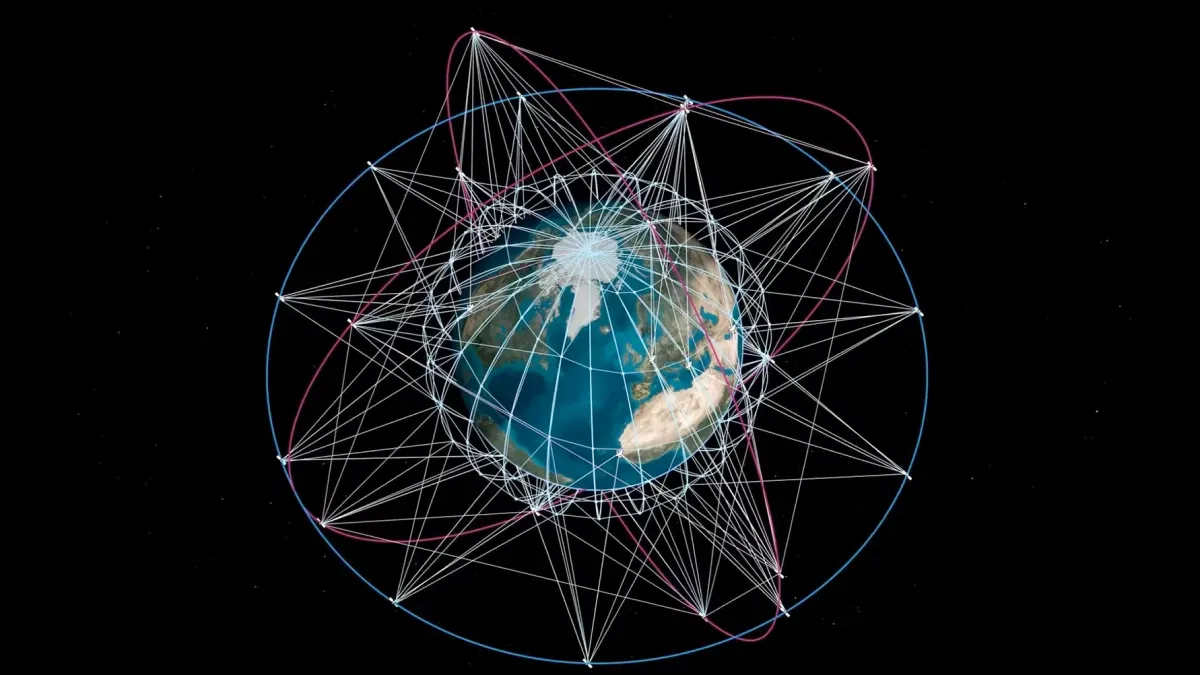
IRIS² Satellite Network Details
The IRIS² (Infrastructure for Resilience, Interconnectivity and Security by Satellite) network is designed to be a multi-orbital constellation comprising 290 satellites.
This advanced system aims to provide secure and high-speed internet connectivity across Europe and Africa, with plans for global coverage by 2030. The network will utilize various orbits, including low Earth orbit (LEO), medium Earth orbit (MEO), and geostationary orbit (GEO), to ensure comprehensive coverage and resilience.
Key Features of the IRIS² Network
- Encrypted communications for enhanced security
- Support for governmental and commercial applications
- Quantum key distribution capabilities for advanced cybersecurity
- Ability to provide connectivity in areas with limited terrestrial infrastructure
The project's ambitious timeline targets full operational capability by 2027, with global coverage expected by 2030. This rapid deployment schedule reflects the EU's determination to establish a competitive presence in the satellite communications market and reduce reliance on non-European systems.

Key Players in IRIS²
The IRIS² project brings together a consortium of European space industry leaders to develop and implement the ambitious satellite network. The SpaceRise industrial consortium, led by Airbus and Thales Alenia Space, is at the forefront of this initiative. These companies, along with other European space technology firms, will be responsible for designing, manufacturing, and deploying the satellite constellation.
Key Players Include:
- Airbus and Thales Alenia Space: Leading the SpaceRise consortium
- European Space Agency (ESA): Contributing €550 million and providing technical expertise
- European Commission: Overseeing the project and providing the majority of public funding
- Other European space technology companies: Collaborating on various aspects of the project, including ground infrastructure and user terminals
This collaboration of European aerospace giants and institutions aims to leverage the continent's existing space technology capabilities while fostering innovation and competitiveness in the global satellite communications market.
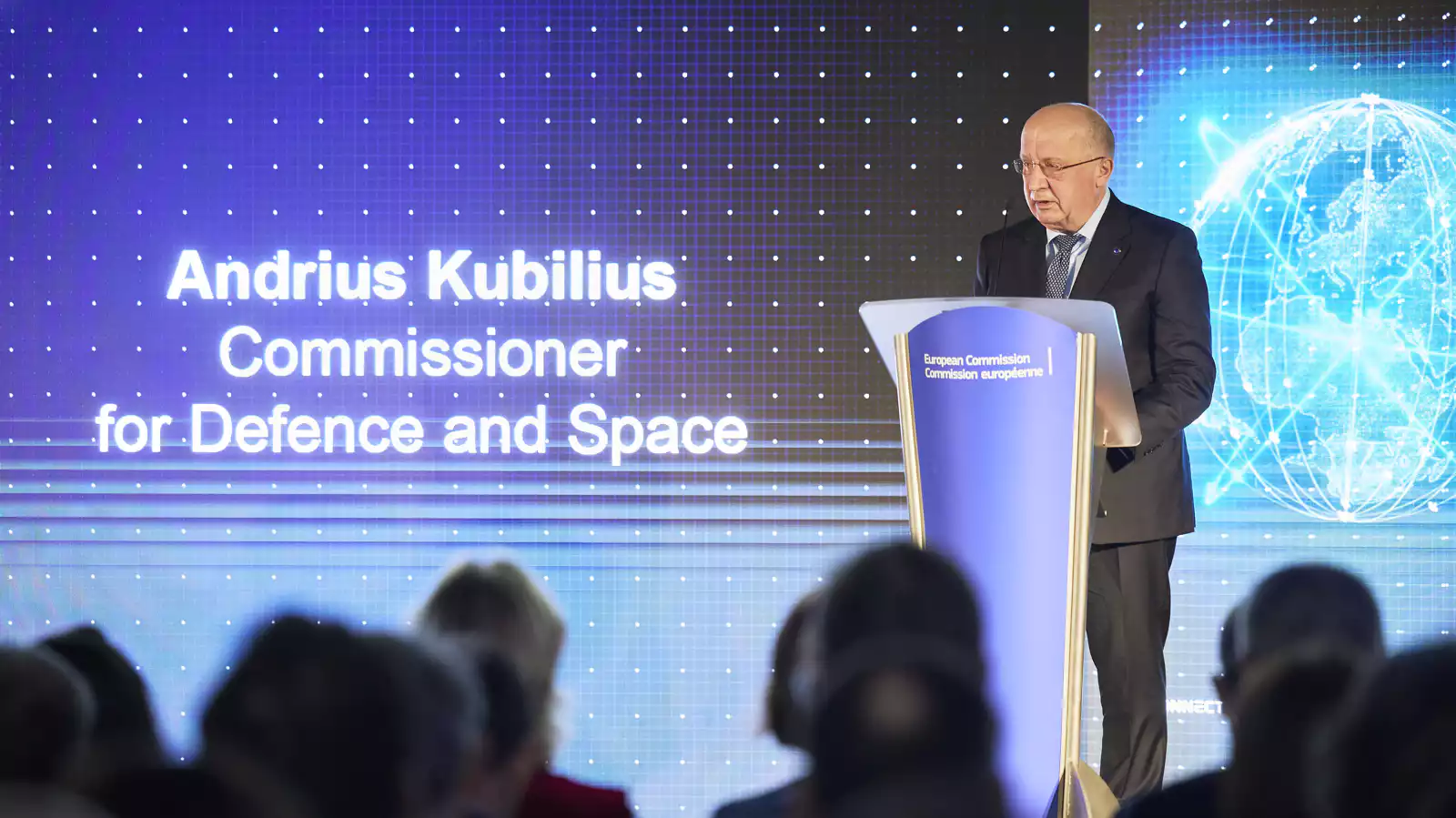
Funding Sources and Breakdown
The IRIS² project's €10.6 billion budget is financed through a public-private partnership, with the European Union providing the majority of the funding. The European Commission is contributing 61% of the total cost, amounting to approximately €6.5 billion in public funding.
This includes a €550 million contribution from the European Space Agency (ESA). The remaining 39% of the budget, roughly €4.1 billion, is being provided by the private sector through the SpaceRise industrial consortium.
- EU public funding: €6.5 billion (61%)
- Private sector contribution: €4.1 billion (39%)
- Total budget: €10.6 billion
This significant investment underscores the EU's commitment to developing a sovereign satellite network and fostering European space technology capabilities. The substantial private sector involvement also demonstrates industry confidence in the project's potential and long-term viability.
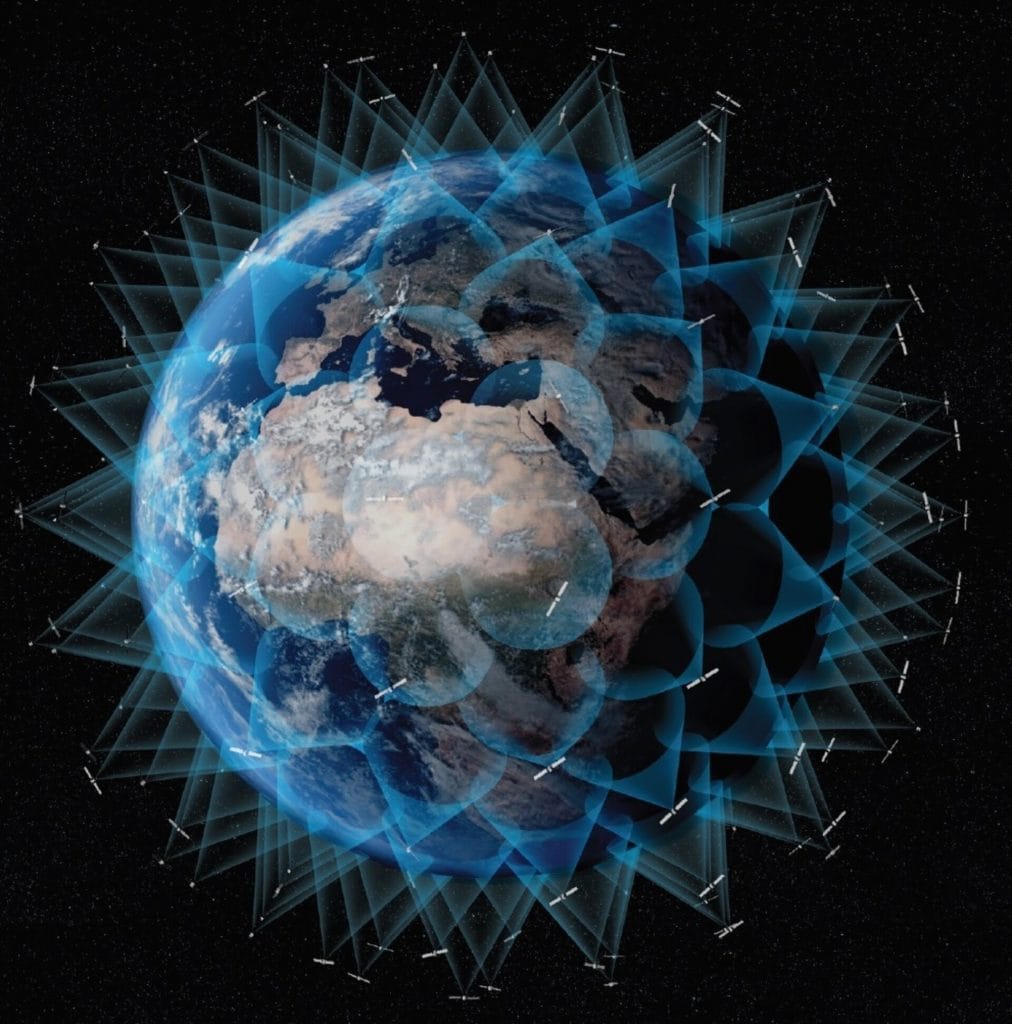
Strategic Importance and Starlink Comparison
The IRIS² project represents a strategic move by the European Union to establish technological sovereignty and reduce dependence on foreign satellite networks. This initiative is particularly significant in light of Starlink's growing dominance and the geopolitical implications of relying on non-European systems for critical communications infrastructure.
Unlike Starlink, IRIS² will offer encrypted communications and quantum key distribution, providing enhanced security for governmental and sensitive commercial applications.
While Starlink currently boasts a larger constellation with over 5,000 satellites, IRIS²'s planned 290-satellite network aims to achieve global coverage through a more efficient multi-orbital approach. This strategy could potentially offer comparable service with fewer satellites, reducing space debris concerns.
Additionally, IRIS² emphasizes serving areas with limited terrestrial infrastructure, particularly in Europe and Africa, addressing connectivity gaps that align with EU development goals.
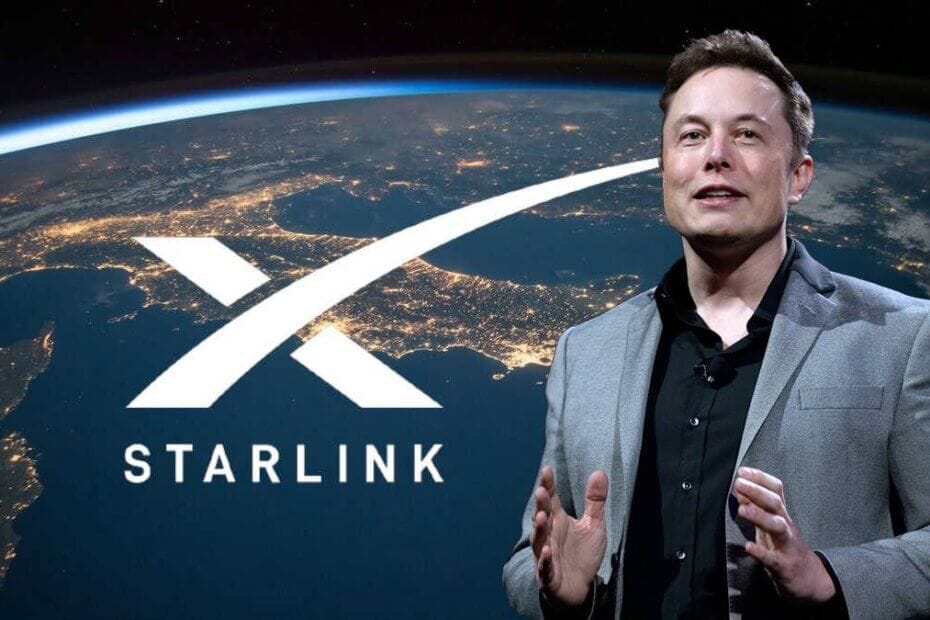






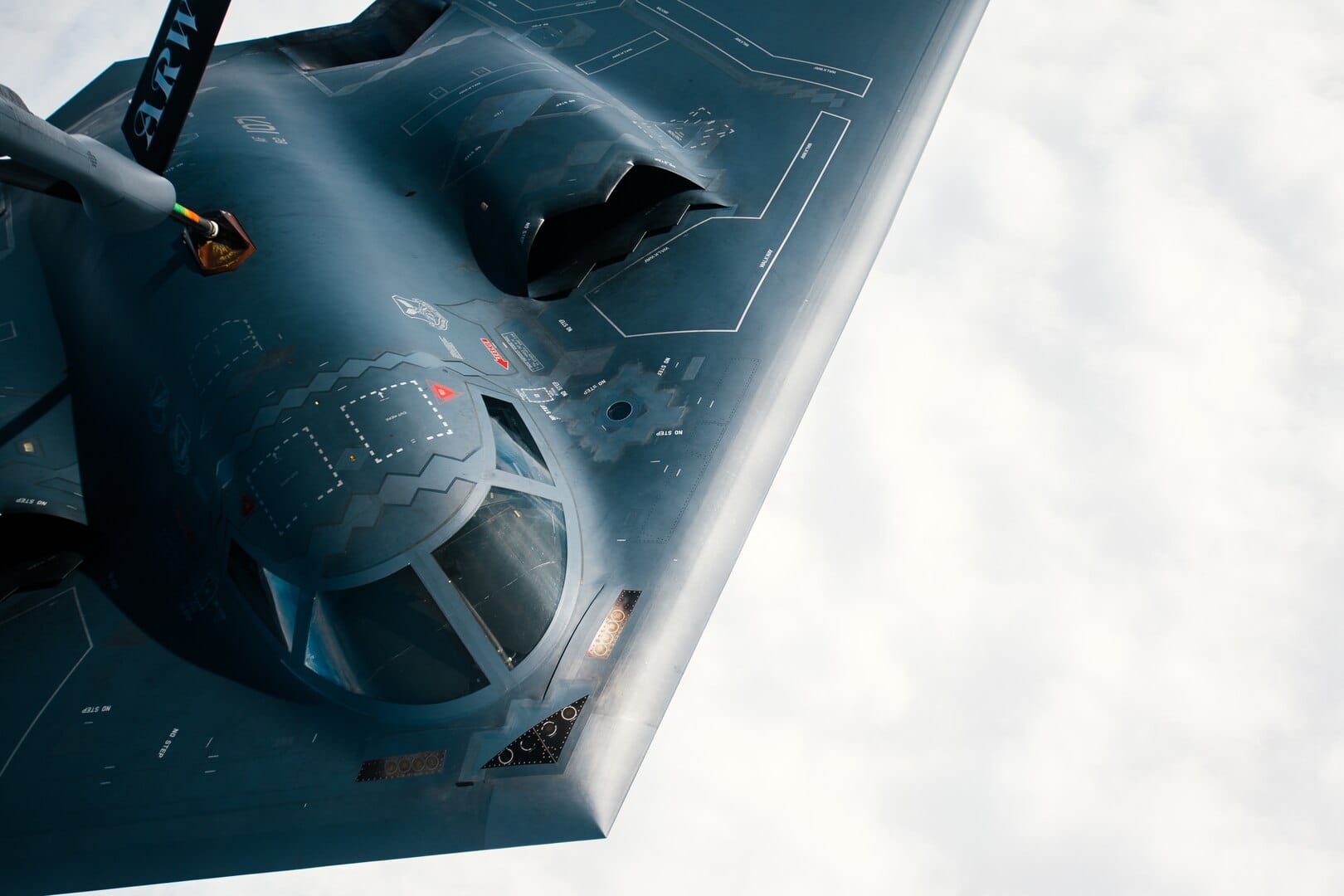




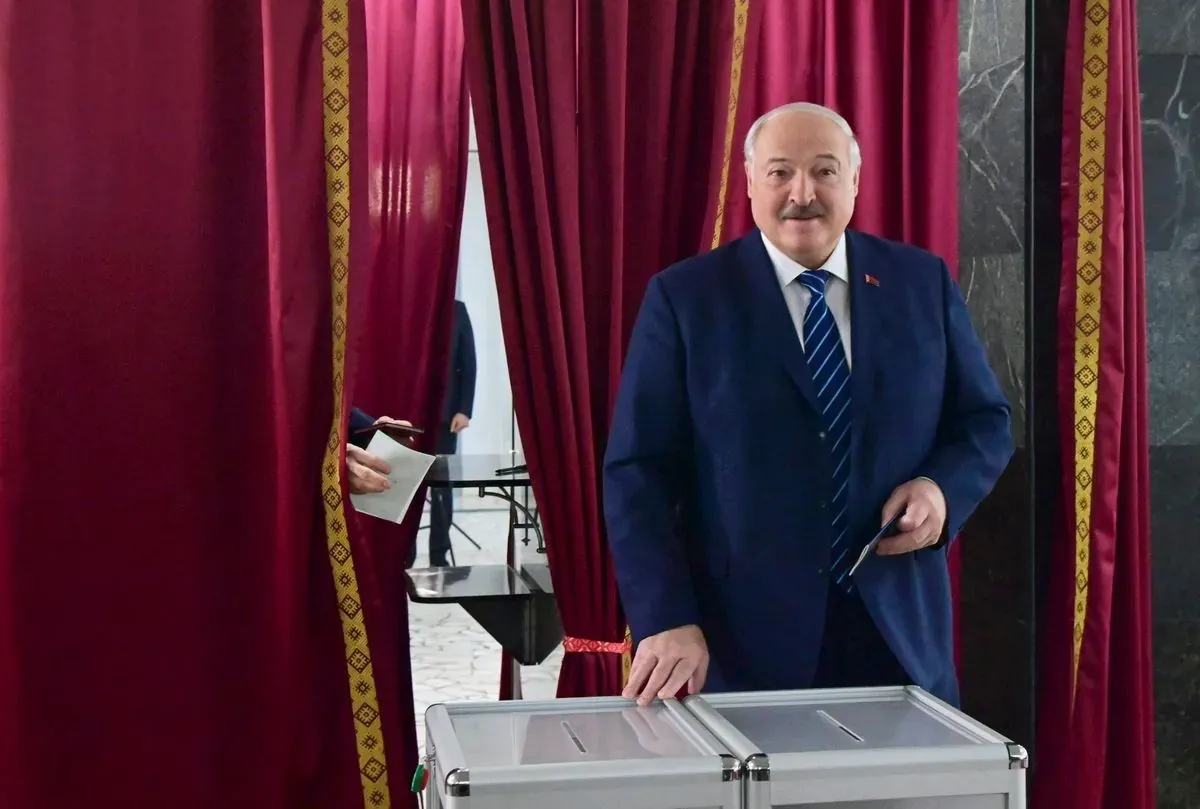

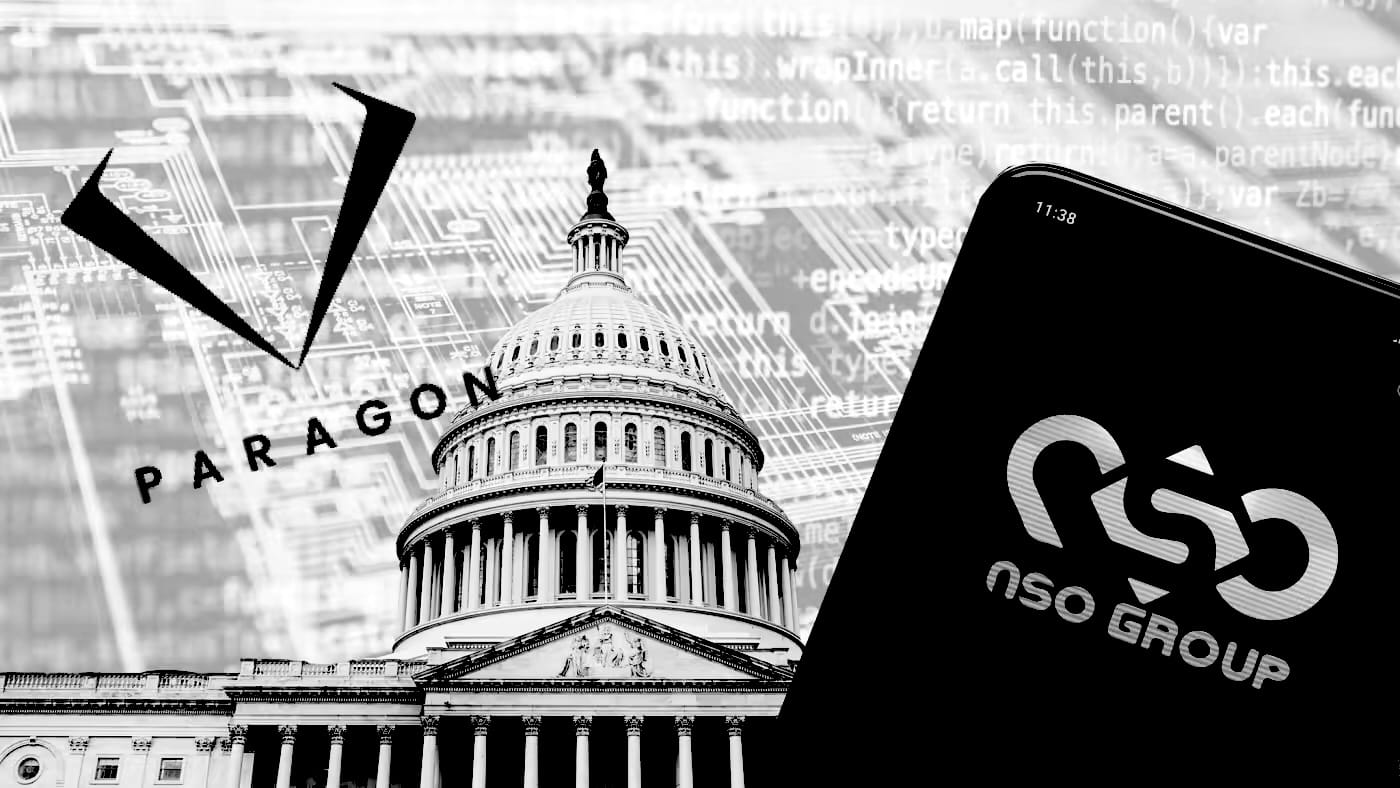

Discussion